Paper-bound publishers say their market is made up mostly of people who used to read only magazines, who are intimidated by the forbidding air of a bookstore, and who can afford perhaps a small fraction of the price of most new hard-cover books.
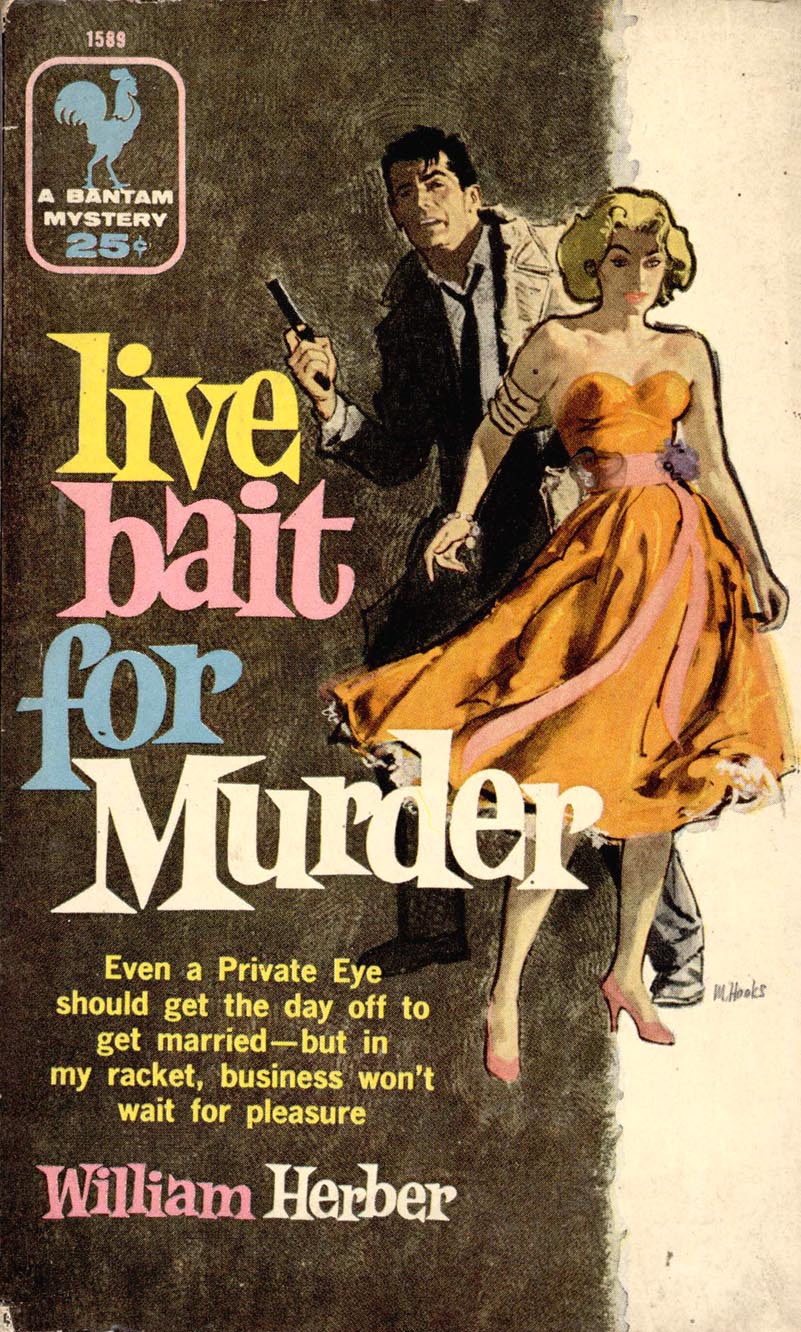
They buy and read on the move, picking books off a rack or newsstand to read while commuting or traveling or during a frenzied day of changing diapers and making meals. They are impulse buyers who pick books at point of sale, and after reading them, throw them away or pass them on to someone else. Few paper-bound buyers, say the publishers, want to keep the books as personal possessions or "furniture."
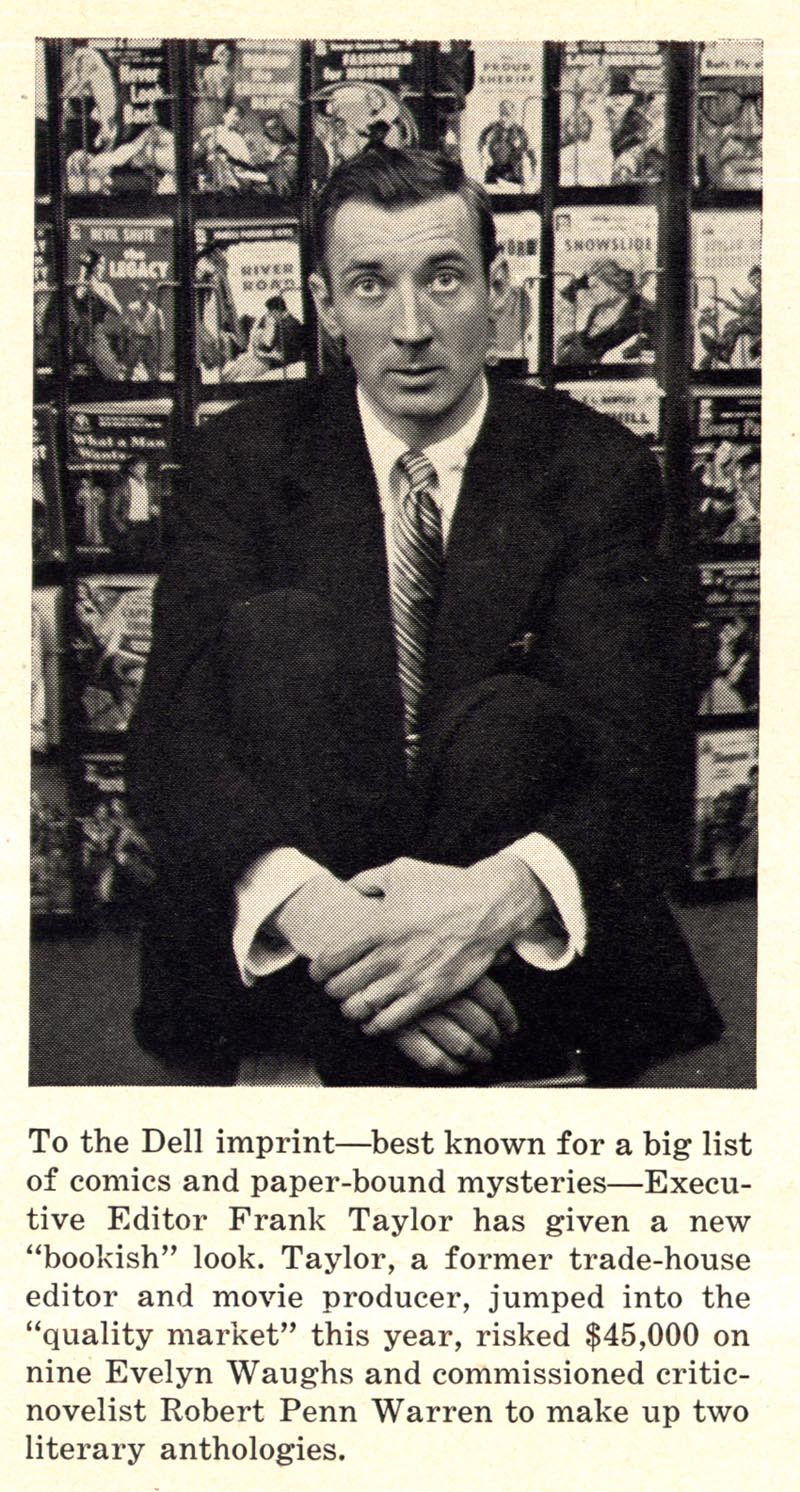
Like the trade publishers, the paper-bound publisher spurns market research and puts his trust in the seat of his pants, or "editorial flair" as it is called in the trade. A paper-bound editor [says], "We've got enough 'questionaires' out in the form of our books. Why should we ask them what they want when they already tell us by what they buy?"
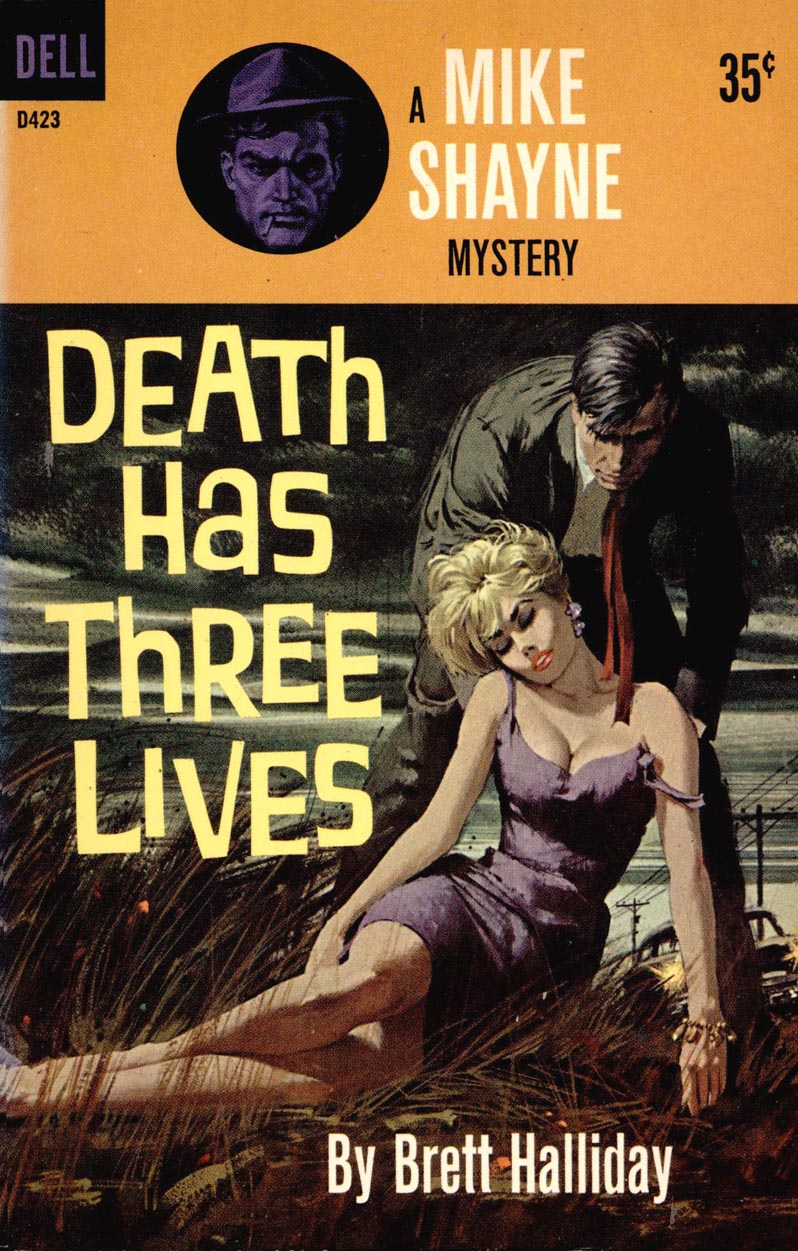
The paper-bound publisher's listening post is the display rack. And the vivid packages thereon will show that there isn't much confusion in the publisher's mind about the buying impulses of most paper-bound readers.
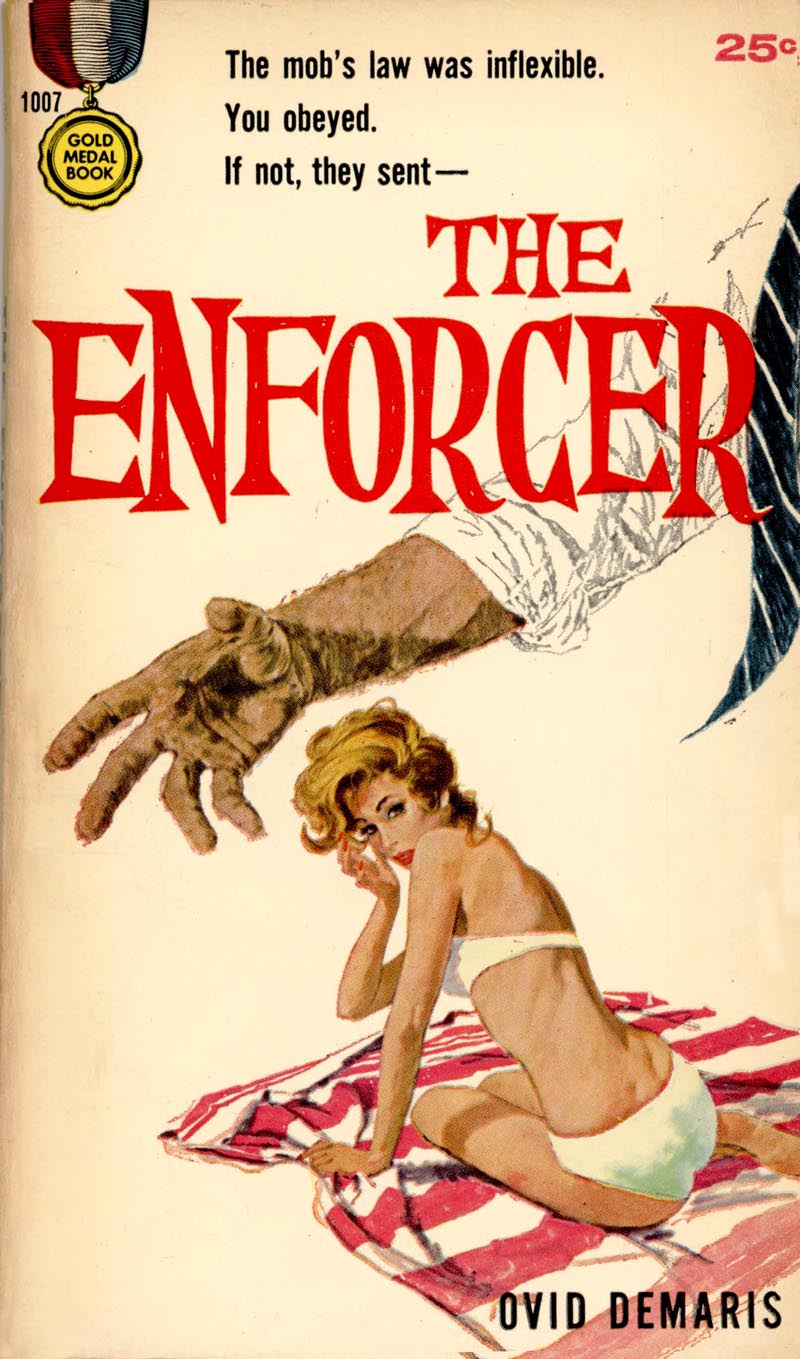
The aim of the package design is to capture the darting eye and interest of the man in motion. Primary components are the jacket illustration, the title, and the "skyline" (blurb above the title). The blurb may promise: "Vengeance and passion in exotic Malaya:; "A savage novel of forbidden love." On Voltaire's Candide: "He chased a virtuous maiden through Europe's most bawdy age."

To stay on the newsstands, the paper-bound publisher has to supply titles that sell and sell fast. The publisher generally has to agree with Fawcett's editorial director, Ralph Daigh, that a "book is usually a good book if the public buys it in quantity" - but with the added proviso that it be bought in a hurry.
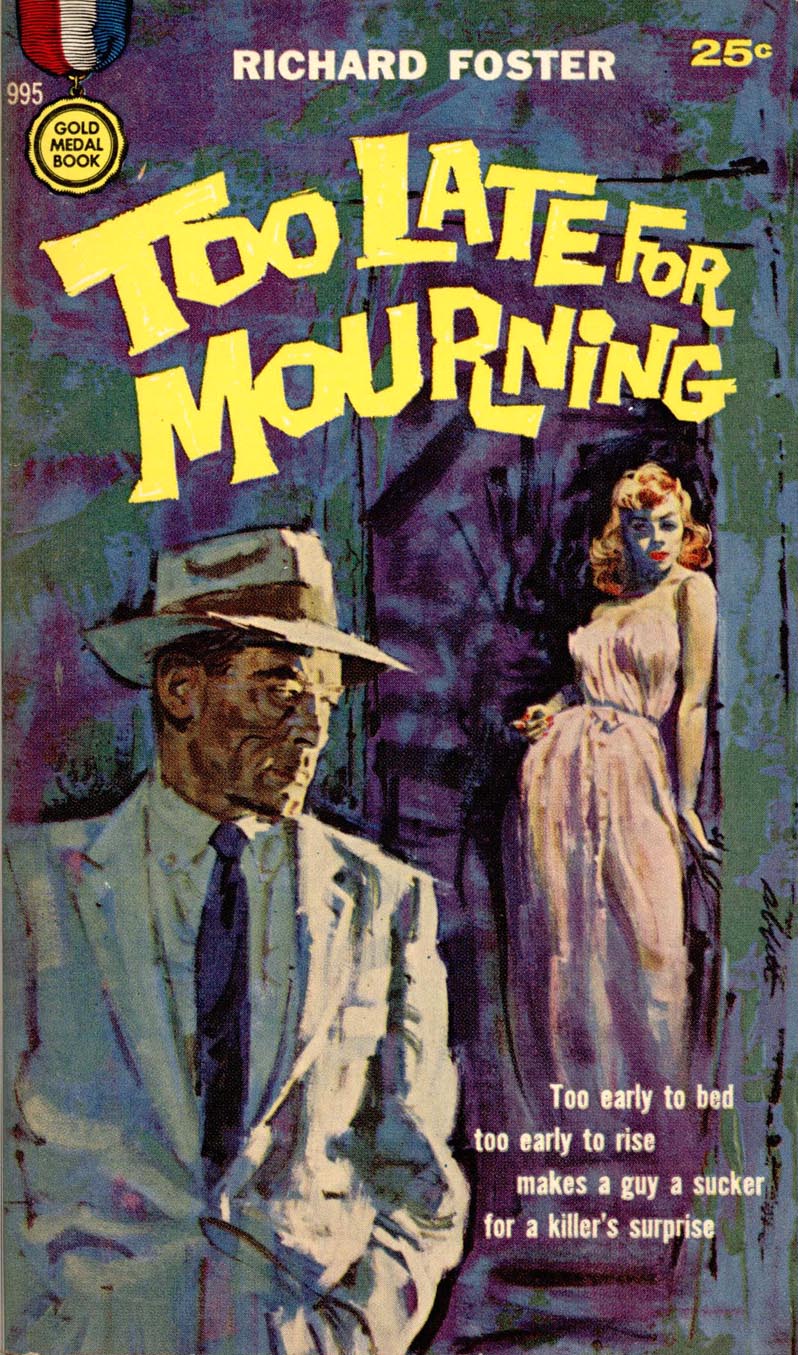
Says one wholesaler: "For places like terminals and hotels where there is constant traffic, it doesn't matter. But in the small neighborhood store, the same people go in day in and day out. If its not what they want the first week, they'll never read it. It seems like the little guy wants new books every day."
* Accompanying this week's excerpts from the Fortune article are a broad sampling of mid-century paperback cover scans generously provided by one of my contacts on Flickr, UK Vintage. Many thanks Uilke!






0 comments:
Post a Comment